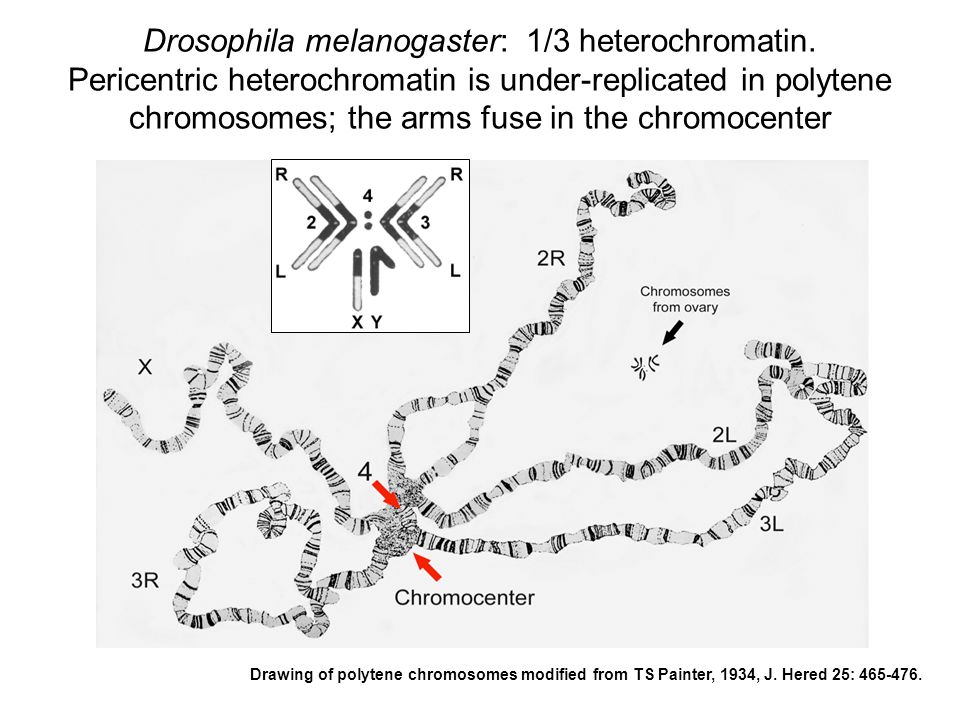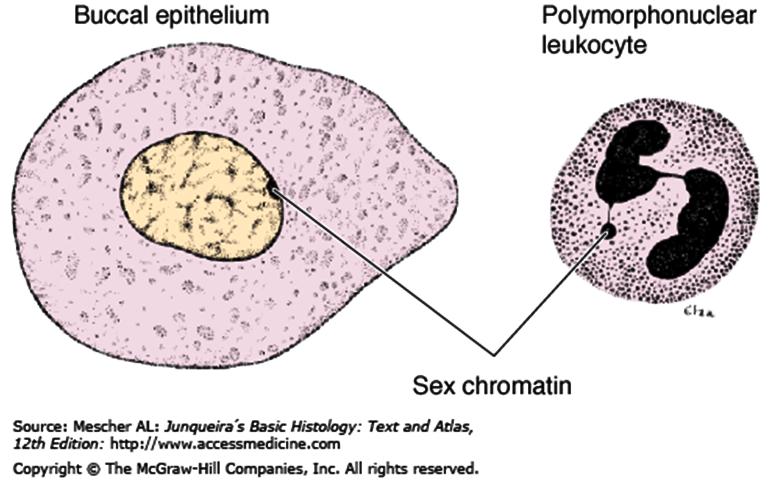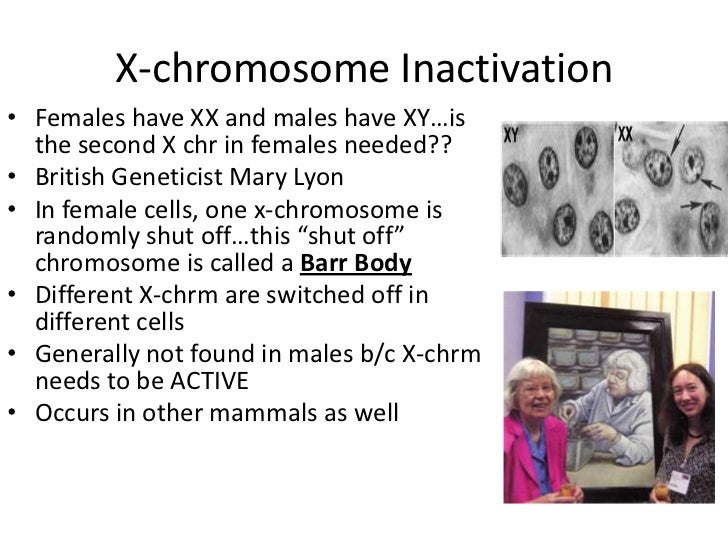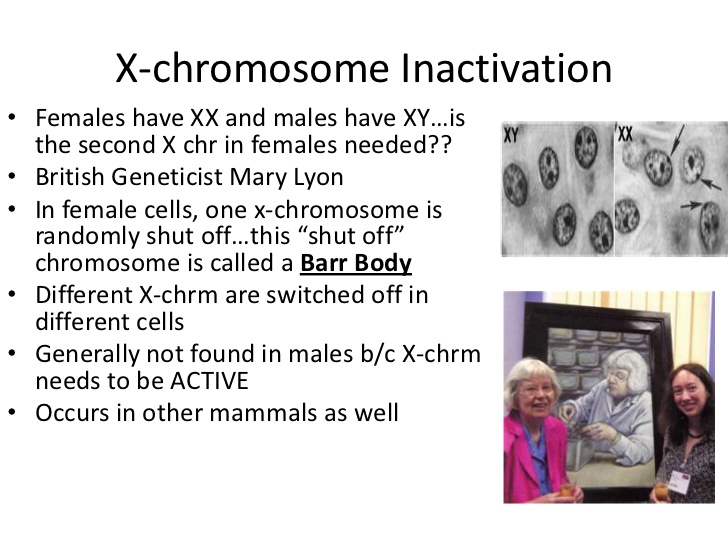What are constitutive heterochromatin and facultative heterochromatin?
2 Answers
Both are types of chromatin found near the nuclear membrane:
Constitutive heterochromatin occurs in all cells in all stages.
Facultative heterochromatin occurs in some cells only in some stages.
Explanation:
-
Constitutive heterochromatin * remains in a condensed state throughout the cell cycle and its further development. Constitutive heterochromatin contains highly repetitive sequences which are not transcribed and plays a role in chromosome structure, so it is present during all stages of a cell.
Ex. Centromeric region and telomeric region of chromosomes -
Facultative heterochromatin * has the potential for gene expression at some point in development and can be either condensed or decondensed depending on cell type, so it is only found in some stages of cell development.
Ex. Mammalian Barr body
What is heterochromatin? Chromatin material which takes up colour differently compared to most of the chromatin (i.e. euchromatin) of the cell is called heterochromatin.
During interphase, euchromatin is in hydrated and lightly coiled condition, hence lightly coloured; while during mitotic prophase, euchromatin becomes highly coiled and appears dark in colour.
Heterochromatin behaves exactly in opposite manner: it is dark coloured in interphase, hence tightly packed but appears light coloured when cell division begins.
This is probably due to the fact that heterochromatin
- is not undergoing active transcription during interphase ,
- and probably it is also late replicating.
This could explain presence of constitutive heterochromatin in centromeric regions of all chromosomes. Such constitutive centromeric heterochromatin appears as a dark spot in salivary gland cells of Drosophila larva. Such cells possess highly replicated polytene chromosomes , but centromeric regions of all chromosomes do not replicate multiple times: clumped together it appears as a 'chromocentre'.

( )
)
- The centromeric DNA remains tightly coiled during inerphase as there is no transcription along its length may be because it lacks coding sequences (=gene ).
- At centromere, two sister chromatids remain attached. Centromeric DNA replicates at the end of metaphase (not during S phase ) so that sister chromatids can separate during anaphase.
Constitutive heterochromatin is present at fixed locations on chromosomes: as in centromere. Compared to this, facultative heterochromatin is in temporarily inactivated functional state as in case of one of the two X chromosomes present in cells of females.
Facultative X chromosome appears as a dark spot, called Barr body (or drumstick in neutrophils ) in interphase nuclei of normal females. This is to compensate presence of double dose of X chromosomes in human female genotype, when one X is enough to guide the cells.
( )
)
Formation of facultative heterochromatin through X inactivation was proposed by Mary Lyon, in 1960s. Once an X is inactivated, the condition is clonally propagated through mitosis but the condition is reversed during germ cell formation.

( )
)

